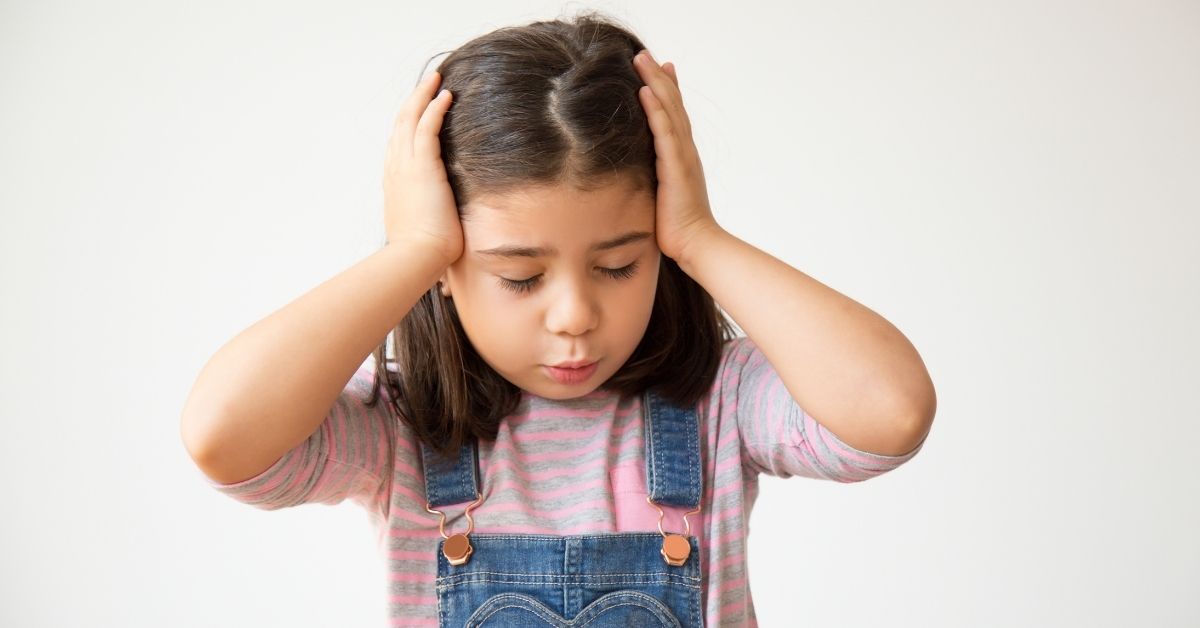Headaches in Children: Recognizing Signs and Seeking Care
Headaches in Children: Recognizing Signs and Seeking Care
Headaches are not uncommon in children and can be caused by a variety of factors. While they are usually not a cause for concern, recurrent or severe headaches may warrant further evaluation and medical attention. In this comprehensive guide, we will discuss the different types of headaches in children, their possible causes, signs to watch for, and when to seek professional care.
Types of Headaches in Children
Headaches in children can be broadly classified into several types, including:
- Tension headaches: These are the most common type of headache in children and are often described as a dull, aching pain on both sides of the head.
- Migraines: Migraine headaches in children may cause intense throbbing pain, often accompanied by nausea, vomiting, and sensitivity to light and sound.
- Cluster headaches: Although rare in children, cluster headaches can cause severe, stabbing pain around one eye or temple, typically occurring in clusters or cycles.
- Sinus headaches: These headaches are associated with inflammation or infection of the sinuses and may cause pain and pressure in the forehead, cheeks, or around the eyes.
- Rebound headaches: Sometimes referred to as medication-overuse headaches, these headaches occur as a result of overuse or misuse of pain medications.
Common Causes of Headaches in Children
Headaches in children can be triggered by various factors, including:
- Genetics: Children with a family history of migraines or other types of headaches may be more prone to experiencing headaches themselves.
- Stress and anxiety: Emotional stress, academic pressure, or conflicts at home or school can trigger tension headaches or migraines in children.
- Environmental factors: Bright lights, loud noises, strong odors, or changes in weather may trigger headaches in some children.
- Dietary factors: Certain foods and beverages, such as chocolate, cheese, processed meats, or caffeine, may trigger migraines in susceptible individuals.
- Sleep disturbances: Irregular sleep patterns, insufficient sleep, or disrupted sleep may contribute to the onset of headaches in children.
- Physical factors: Poor posture, eyestrain from excessive screen time, dehydration, or overexertion during physical activities can lead to tension headaches or migraines.
Recognizing Signs of Headaches in Children
It's important for parents and caregivers to recognize the signs of headaches in children, which may include:
- Complaints of head pain or discomfort, often described as a pressure, tightness, or throbbing sensation
- Changes in behavior, such as irritability, restlessness, or withdrawal from activities
- Difficulty concentrating or paying attention, especially in school-aged children
- Physical symptoms such as nausea, vomiting, dizziness, or sensitivity to light and sound
- Changes in sleep patterns, including difficulty falling asleep or staying asleep
- Visible signs of distress, such as rubbing the forehead or temples, holding the head, or grimacing
Seeking Professional Care for Headaches in Children
While occasional headaches are common in children and often resolve on their own with rest and hydration, persistent or severe headaches should not be ignored. Parents should consider seeking professional care if their child experiences:
- Frequent headaches that occur more than once a week or interfere with daily activities
- Headaches that worsen in severity or frequency over time
- Headaches accompanied by other concerning symptoms such as fever, seizures, weakness, numbness, or changes in vision
- Headaches that persist despite over-the-counter pain medication or other home remedies
- Headaches following a head injury or trauma
A healthcare provider can conduct a thorough evaluation, including a physical examination and possibly diagnostic tests, to determine the underlying cause of the headaches and recommend appropriate treatment options. Treatment may include lifestyle modifications, stress management techniques, medication, or referral to a specialist, depending on the individual needs of the child.
Conclusion
Headaches are a common complaint in children and can be caused by various factors, including tension, migraines, sinus problems, or underlying medical conditions. While most headaches in children are benign and resolve with rest and hydration, persistent or severe headaches may require further evaluation and medical intervention. Parents and caregivers should be vigilant in recognizing signs of headaches in children and seek professional care when necessary to ensure the health and well-being of their child.


Comments
Post a Comment